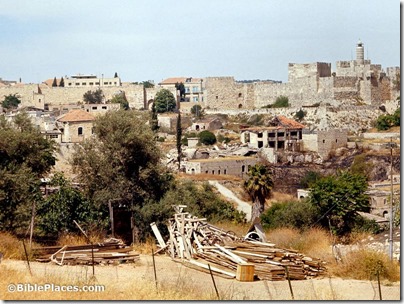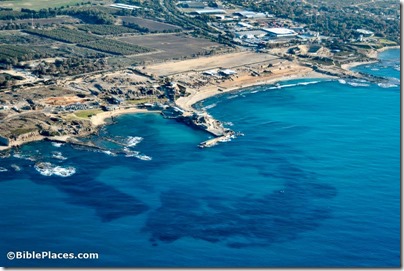An in-depth article by the Atlantic Monthly has uncovered the original source for the fake Jesus wife papyrus. The Harvard professor who published the artifact now believes that it is probably a modern forgery.
With the help of Google Earth and drones, researchers have discovered a massive ceremonial platform in Petra.
The Jerusalem Post has an update on the on-going renovations at Bethlehem’s Church of the Nativity.
One of the discoveries is a mosaic of an angel.
A $1.3 million gift has launched the restoration of the Edicule in the Church of the Holy Sepulcher.
People are speculating on what they will find.
“Some 1,800 years ago, Roman troops used ‘whistling’ sling bullets as a ‘terror weapon’ against their barbarian foes.”
Israeli authorities have ordered the Jordanian Waqf to halt construction of toilets just outside the Temple Mount.
A collection of 16 coins from the Hasmonean period were discovered in excavations in Modiin.
A Greek archaeologist thinks he may have found the tomb of Aristotle. Others disagree.
“Massive fortifications and sunken ship-sheds thousands of years old have been found in Piraeus, the harbor city of Athens.”
Canaanites living in Gath in the Early Bronze Age were sacrificing animals imported from Egypt.
The journal article is available here.
The Giza pyramid is not square. The ancients were off by about 5 inches (14 cm).
The Guardian has posted a dozen photos of excavations in Egypt in the 1910s, including several of John Garstang.
The Bible and Interpretation has posted an important new article: Addressing Survey Methodology in the Southern Levant, by Aaron Tavger, Joe Uziel, Dvir Raviv, and Itzhaq Shai.
Scott Stripling is on The Book and the Spade this week talking about the latest from his excavations at Khirbet el-Maqatir.
Wayne Stiles traces the geography of God’s dwelling place on earth.
You don’t see this for sale very often: Survey of Western Palestine, 1881 – 1888, 9 vols and 78 maps/plates (set) & The Survey of Eastern Palestine 1889. $10k.
HT: Joseph Lauer, Ted Weis, Charles Savelle, Steven Anderson, Agade, Explorator, Daniel Wright












